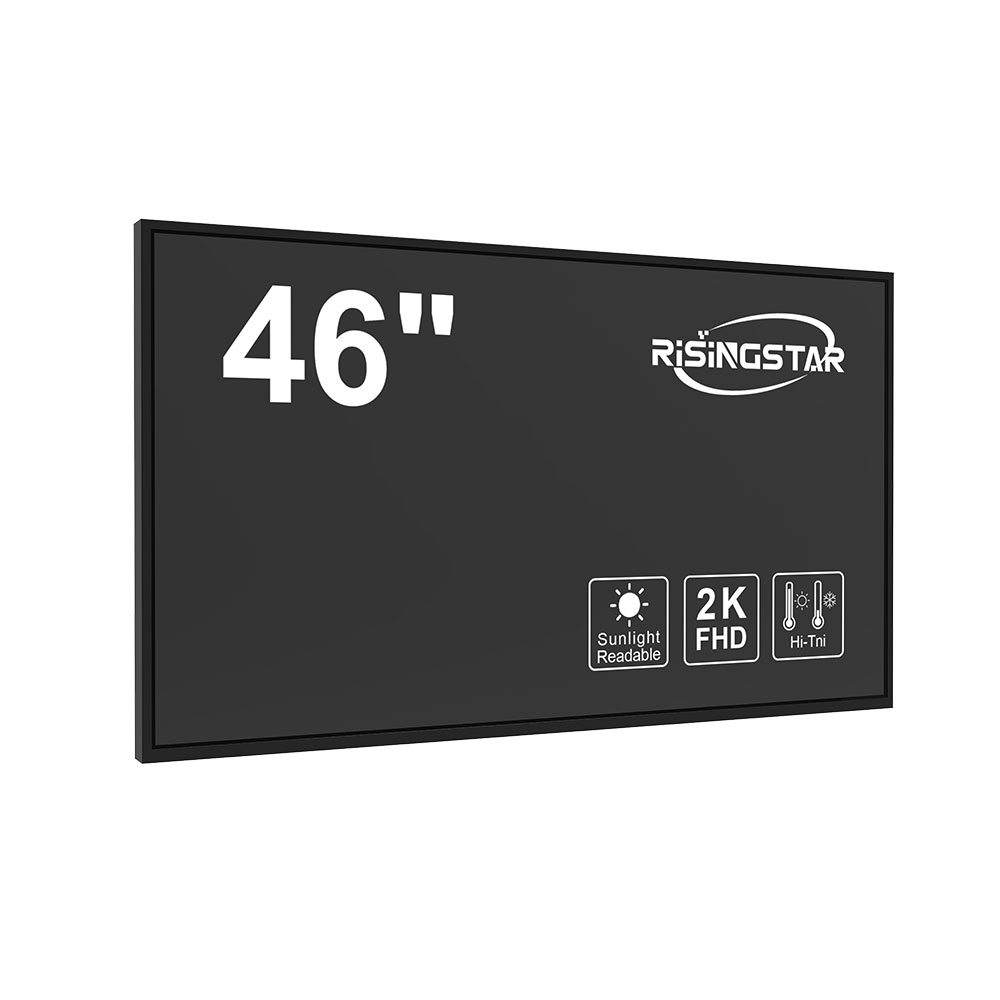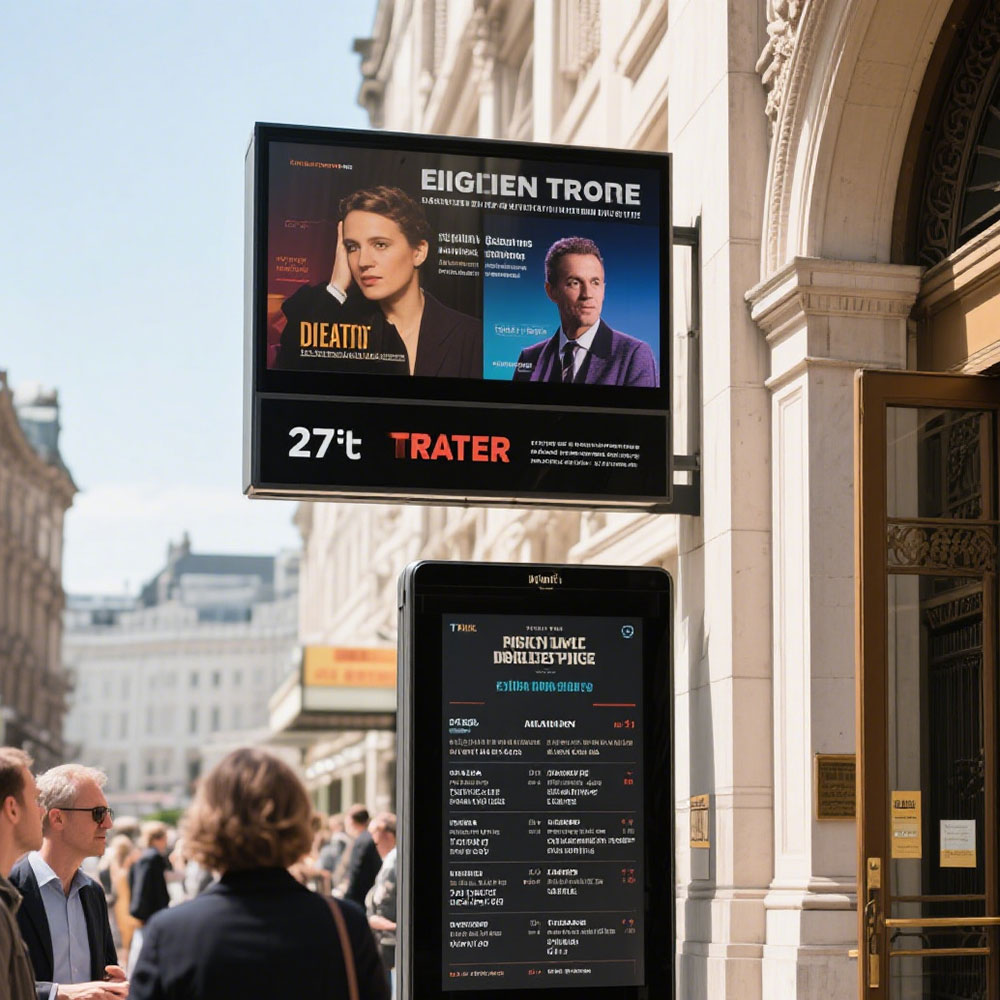When designing or selecting an outdoor LCD screen for commercial, transportation, or public information applications, brightness is not just a number—it’s the foundation of visibility, usability, and reliability under diverse environmental conditions. Industry standards such as ANSI/IES RP-17-20 and IEC 62398 define minimum luminance requirements based on ambient light levels, but real-world performance often demands more nuanced engineering than these guidelines alone can provide.
A typical outdoor LCD screen must achieve at least 5,000 nits of peak brightness to remain legible in direct sunlight—a benchmark derived from testing conducted by manufacturers like Samsung Display, LG Display, and Leyard. However, many installations fail because they overlook critical variables: ambient lighting fluctuations (e.g., dawn to dusk cycles), reflective glare from nearby surfaces, and thermal management during prolonged operation. For instance, a study published in the Journal of Display Technology (2022) found that screens operating above 4,500 nits in hot climates without active cooling systems experienced up to 30% faster pixel degradation over 18 months compared to those with integrated heat dissipation solutions.
To optimize brightness performance beyond basic specs, engineers should prioritize three elements:

1. Dynamic Backlight Control (DBC) – This technology adjusts brightness in real time using ambient light sensors, reducing power consumption while maintaining readability. Systems like Barco’s “SmartLight” have been validated in airport terminals across Europe to reduce energy use by up to 40% without compromising clarity.

2. Anti-Reflective Coatings – Applied to both the glass surface and internal polarizers, these coatings minimize glare from sunlight and artificial sources. According to a 2021 report by the Society for Information Display (SID), anti-reflective treatments can improve contrast ratio by up to 25%, enhancing content legibility even in high-glare environments.
3. Thermal Management Design – Efficient heat sinks, passive airflow channels, and intelligent fan control prevent overheating, which can cause brightness decay and color shift. A case study from a Dubai metro station installation revealed that a properly ventilated unit maintained consistent brightness output for over 3 years—while a non-cooled counterpart required replacement after 18 months due to thermal stress.
Ultimately, achieving optimal outdoor LCD performance isn’t about hitting a single brightness number—it’s about balancing technical specifications with environmental adaptability. Leading brands now integrate AI-driven brightness calibration algorithms that learn local lighting patterns and adjust dynamically, ensuring maximum visibility without excessive energy waste. As cities adopt smart infrastructure, the demand for intelligent, adaptive outdoor displays will only grow—and so too will the need for deeper understanding of how brightness truly performs in real-world conditions.








